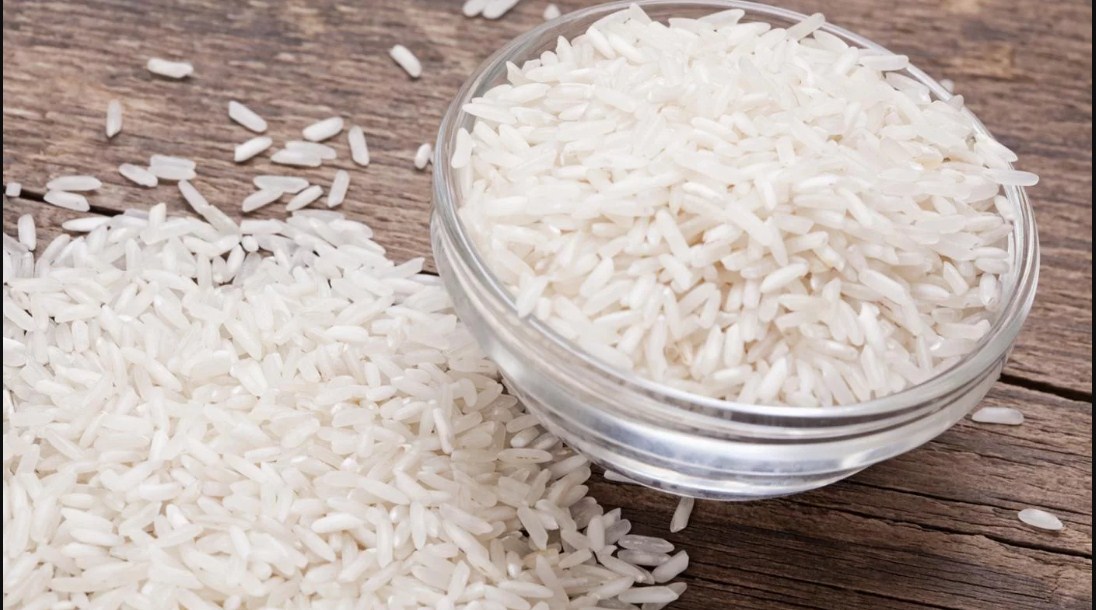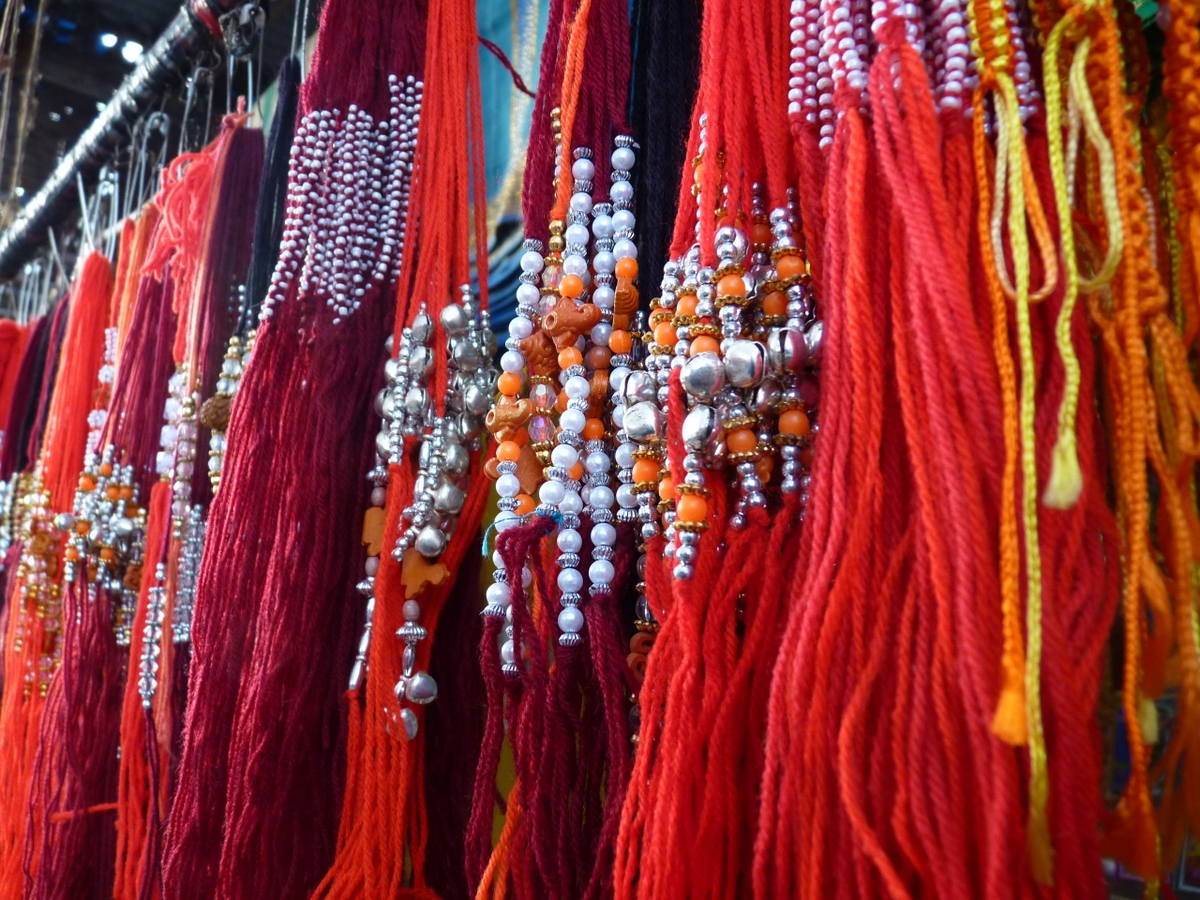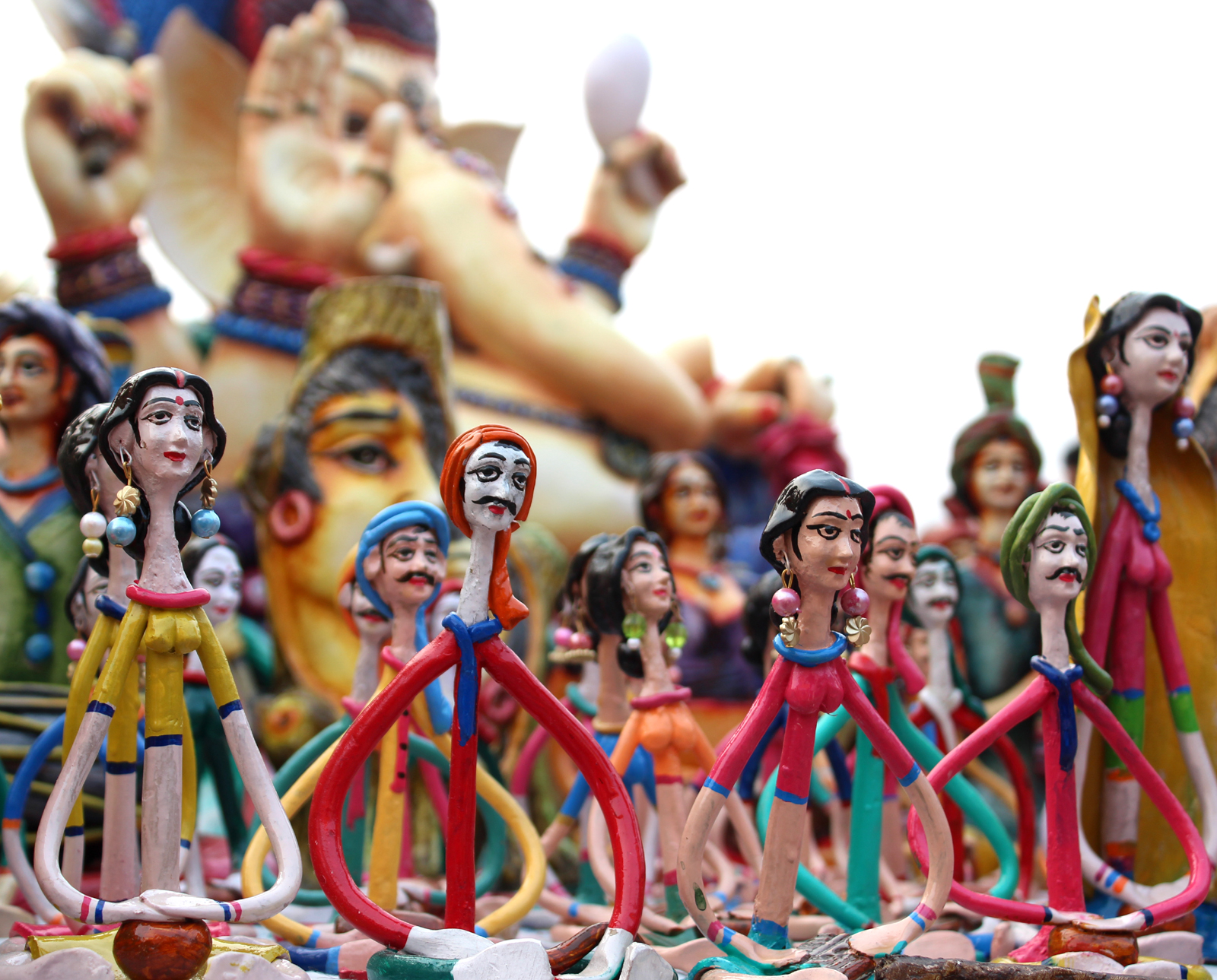The Constitution enshrines as a fundamental right, held essential to the core of the democratic values of India, the religious equality and protection of vulnerable minorities. While there is a deafening silence on action taken for the protection and against the violators of these fundamental rights, there is also a noticeable outsourcing of terror by the Government in office to the many local right-wing affiliates of the ruling party and the mob.
On communal harmony, or its disruption thereof, the indifference of this Government is becoming clearer with each passing incident of lynching and/or rioting. True, law and order is the jurisdiction of the State. This is where it becomes important to note the findings of the Minority Rights Groups International (MRG) on communal violence in India, based on data from the Ministry of Home Affairs.
RIOTING AND THE ROLE OF THE BJP
There has been a sharp upward rise in incidents of communal violence, between 2014 and 2016: 644 (2014), 751 (2015) and 703 (2016) which are concentrated in eight states. Over 85 per cent of recorded communal violence cases in the last 5 years have been from 2013 to 2016. Six out of the eight states showing concentrated violence have governments that are formed by the ruling party at the centre. So far, in three years and five months to May 2017, 322 persons have been killed and 7,398 have been injured in communal violence.
The rapid rise of communal violence is reflected in the spurt of it during the election campaign and the subsequent increase in violence against minorities in the case of UP, from 2017 itself. Up to 20% of all communal violence nationwide over the first five months of 2017 occurred in Uttar Pradesh, according to this reply to the Lok Sabha (lower house of Parliament) by the ministry of home affairs on August 8, 2017, where the BJP gained stronghold through the spread of vitriol and a fear of the “other”.
A Yale survey (“Do parties matter for ethnic violence? Evidence from India”) also points to the definite political gains, in the favour of the BJP, post a riot, given that it leads to further marginalisation and intimidation of the minorities while it strengthens the sentiments of fear that the party capitalises on for electoral dividends. Why UP becomes a case study to this effect is because of the repeated increase in communal violence incited as a tool, by the BJP before elections; patterns repeated in 2013, 2014 as well as in 2017.
Riots almost announced the arrival of the NDA and has since become a key political tool of the many cells of the BJP is glaring. While the then State Governments, and especially State Governments formed by opposition parties, are attacked for not being able to contain the volatility, what is noteworthy is the glaring involvement of the local BJP leaders and a repetition of this pattern of othering around hyper-masculinity and an overt sense of majority persecution that is fueled by the rising shakhas of agencies such as RSS and Durga Vahini. 2015 data identifies that in the five years preceding it, the RSS grew by 61% in shakhas that are designed to organise on local levels and are in a number of occasions those that the riot related rumour mongering can be traced back to.
Here let us take into account the riots that in the North 24 Paraganas of Bengal and the involvement of the JP IT cell secretary of Asansol who had uploaded a fake video of Muslim police officer beating a Hindu man on social media. The fake narrative was also strengthened by the spread of Bhojpuri film footage as acts of violation and sexual harassment by Muslim men over Hindu women. This along with the legitimising retweets of so many such fake new pieces by members high up in the rungs of the BJP declares the direct involvement of the party in worsening the law and order situation while the State Government worked effectively to limit it.
INCIDENTS OF LYNCHING AND STOKING COLLECTIVE RAGE
Addressing the matter of mob violence and lynching of minorities in the name of cow protections, research suggests Muslims were the target of 51% of violence centred on bovine issues over nearly eight years (2010 to 2017) and comprised 86% of 28 Indians killed in 63 incidents. As many of 97% of these attacks were reported after Prime Minister Narendra Modi’s government came to power in May 2014, and about half the cow-related violence – 32 of 63 cases – were from states governed by the Bharatiya Janata Party (BJP) when the attacks were reported, revealed our analysis of violence recorded until June 25, 2017. While this data is alarming, they are not merely numbers.
Mob violence and cow terrorism has taken the lives of a 52 year old man in Dadri, of a sixteen year old boy in Okhla, a 55 year old in Alwar, those whose houses were burnt down in Chattisgarh and these are merely from among these that get media coverage. An analysis of 62 incidents of communal violence between Hindus and Muslims during 2016 covered in mainstream media outlets found that Muslims appeared to have been most affected.
The case of the Government on cow slaughter can be made through a reading of Article 48 of Part IV of the Constitution (as the Finance Minister readily did on the floor of the Rajya Sabha this Monsoon Session), but there is no part of the Constitution that directs the Government to terrorise its citizens through the politics of food and through the active widening of existing fissures. There also can be a defense of the Union Government given riots are State Subjects. Whether in Malda, Fatehpur, in Vadodara or in Basirhat the ruling party of the centre and its reluctance to curb communal sentiments is prominent. Regular baiting of populism while breaking down local law and order in states that pose any opposition is also undeniable.
There is no one way to end an argument on the pressing need to protect minorities against prejudice induced crimes of the most heinous kind. The ideals of equality, liberty and secularism and the idea of pluralism are built into the democratic fabric of India. The current Government’s failing attempts at upholding these values and their active tactics to bore holes into this fabric then become exceedingly conspicuous. To protect the principles that have been the foundational base of post-colonial, emancipated India its people and their fundamental rights must at all cost be protected, even if it is from the elected representatives of the State.










